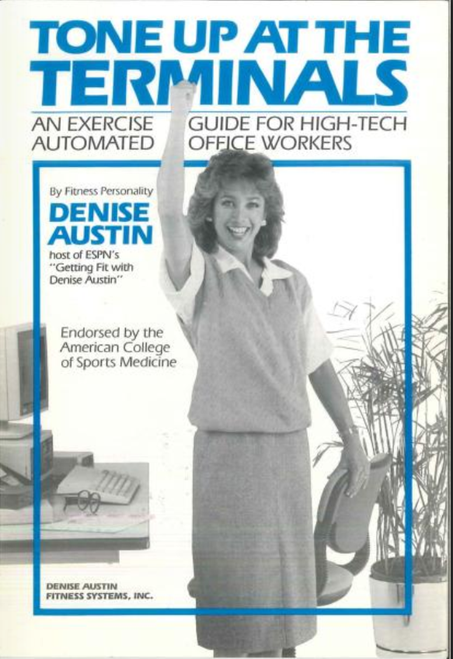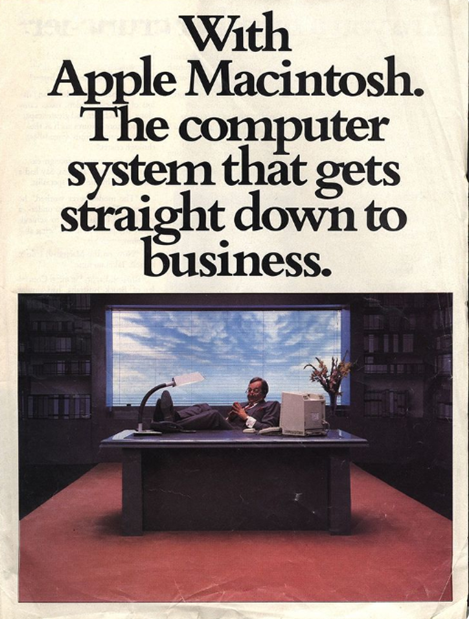Visual Display Terminals, 1980
Of course, computer-related pain existed prior to the arrival of the first consumer-grade personal computers in the late 1970s. Mid-century mainframes and large-scale minicomputers, with their high energy consumption and cooling needs, whirling tape drives, and clackety teletypes and teleprinters, were known to cause stress on the auditory system. Given the proportionally small number of people who worked directly with computing installations prior to the 1970s, such information is largely anecdotal. However, trace evidence can be found in a New York Times article from November 23, 1969 titled "Noise is a Slow Agent of Death,” which listed "computers and typewriters and tabulators" as just a few of the myriad machines polluting the noisescape of New York City. In the summer of 1970, computer magazine Datamation reported that the National Bureau of Standards released a report on the dangers of hearing loss and computer centers.Yet as we see with Getson’s later, and later research into human factors, the locus of health concerns would shift from auditory to visual once computing systems began converging with CRT monitors in the 1970s. Replacing crisp type on paper with the fuzzy resolution of a screen prone to glare, the so-called “glass teletypes,” “teletype terminals,” “dumb terminals” (because they contained little to no processing power of their own) or even just “computing terminals” compounded the occupational health deficits of repeated use.To consider the history of computing through the lens of computer pain is to center bodies, users, and actions over and above hardware, software, and inventors
The DEC VT52 computer terminal. SUCH TERMINALS ALLOWED USERS TO ACCESS THE CENTRAL PROCESSING CAPACITIES OF NETWORKED MINICOMPUTER SYSTEMS; LACKING INDEPENDENT PROCESSING CAPACITIES, THEY WERE NOT “PERSONAL COMPUTERS” AS WE UNDERSTAND THEM TODAY. Image: Wikimedia Commons.
Advertisement for Apple’s first computer, released in 1976. It came with no peripherals, but included onboard adapters for a video terminal and keyboard. Image: Wikimedia Commons.
The TRS-80, Apple II, and the Commodore PET. Images: Wikimedia Commons
Documenting Computer Pain
TABLE 8 FROM "AN INVESTIGATION OF HEALTH COMPLAINTS AND JOB STRESS IN VIDEO DISPLAY TERMINALS," DOCUMENTING THE REMARKABLE INCREASE IN HEALTH COMPLAINTS FROM CLERICAL WORKERS USING VDTs.
Figure 4.8 from Age of the Smart Machine, pg 145
Figure 4.12 from Age of the Smart Machine, pg 147
Working Against Computer Pain

Denise Austin's Tone up at the Terminals, late 1980s.

Ad for the Cummins KeyScan System. Prior to the personal computer, women were routinely depicted as the primary users of many business-facing computing systems. This reflects the influx of computing in the automation of clerical and administrative work. Datamation June 1976 pg 91
